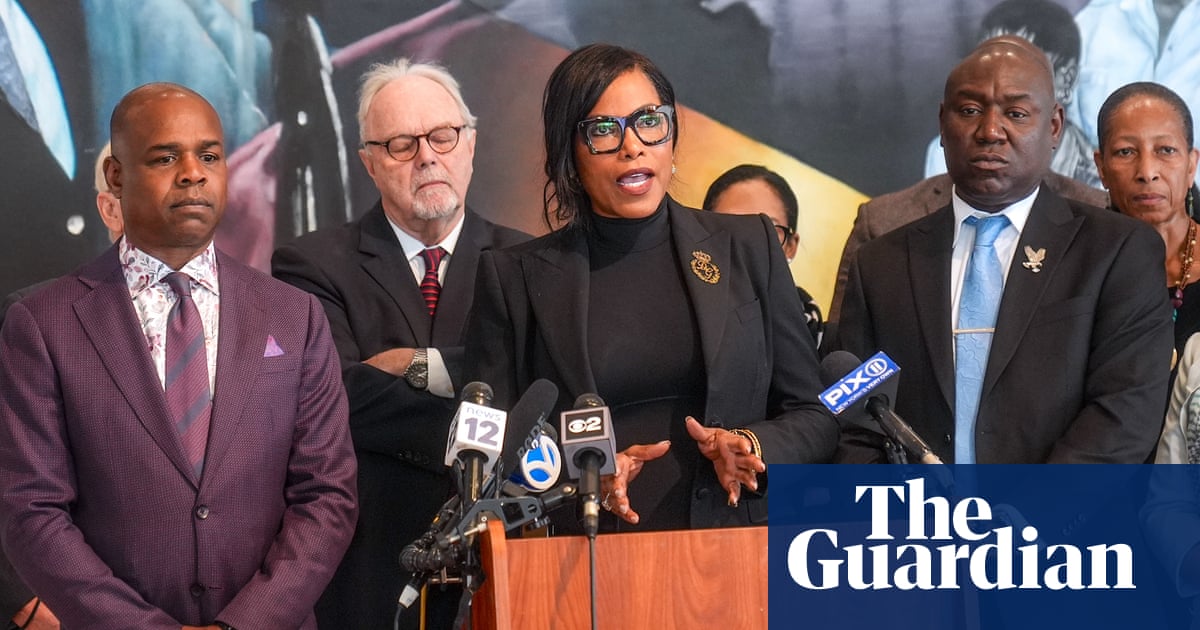Schools in England could be judged on scale of colours in Ofsted proposals | Ofsted
Schools could be judged on a five-step scale of colours or descriptions across 10 separate areas, such as inclusion and belonging, according to proposals by England’s schools inspectorate.
The proposals by Ofsted aim to replace inspection reports that culminate in a single headline grade such as outstanding, which Labour pledged to scrap after a coroner’s report said Ofsted’s inspection had contributed to the death of headteacher Ruth Perry last year.
A presentation by Ofsted to education leaders outlining the proposals, first reported by the Financial Times, highlighted the top grade, “exemplary”, in purple, followed by “strong practice” in green, “secure” in lime, “attention needed” in yellow and the lowest rating, “causing concern”, in red.
The 10 key areas to be graded are: curriculum, teaching, safeguarding, achievement, leadership, behaviour and values, attendance, preparation for next steps, opportunities, and inclusion and belonging.
Bridget Phillipson, the education secretary, has argued that pupils’ inclusion and belonging need to be given a higher priority in England’s schools.
But school leaders who spoke to the Guardian described Ofsted’s plans as “confusing” and “cumbersome” because of the numerous potential combinations of areas and grades.
“Parents want a school report, not a kaleidoscope,” said the head of one multi-academy trust.
Ofsted and the Department for Education (DfE) declined to comment on the proposals, a government source saying that Ofsted’s plans were still up for discussion.
The government pledged to replace the current format with a “report card” for each school that would highlight strengths and weaknesses, offering more context than the blunt headline rating, with four sub-ratings.
“Ofsted reform was always about delivering high and rising standards – we want teachers and school staff to be partners in the push for better,” the government source said.
“Report cards will shine a light on a much wider range of areas than some schools are used to, giving parents more information but, crucially, driving up standards in classrooms. Because when standards slip, it’s disadvantaged children who bear the brunt, and while that might have been an accepted truth for the previous government, this one won’t tolerate it.”
after newsletter promotion
Ofsted’s final proposals will not be made public until January, when it will hold a public consultation. Ofsted’s recent presentation stated: “We want report cards to provide more nuance by inspecting each of the proposed evaluation areas against the proposed evaluation scale so that leaders and parents can understand the areas of strength and areas of development in the provision.”
Pepe Di’Iasio, the general secretary of the Association of School and College Leaders (ASCL), said: “The changes to inspections are obviously a work in progress, and our aim is to work constructively with the DfE and Ofsted towards establishing processes which work well for schools, colleges, parents and children.
“However, it is fair to say that we are concerned about the apparent direction of travel, which seems to us to be overcomplicated. It is already in the public domain that report cards will assess schools on a range of key areas. It is essential that this is done in a way that is fair, clear and simple.
“The DfE and Ofsted must take the appropriate time necessary to bring the profession and parents with them so that any changes can be communicated and considered before landing in schools and colleges.
“While we cannot divulge the discussions taking place, we are worried about what the DfE and Ofsted appear to have in mind. It feels as though they are engaged in a headlong rush to devise a new system against a very tight timetable in order to have it up and running by next September.”
Source link




